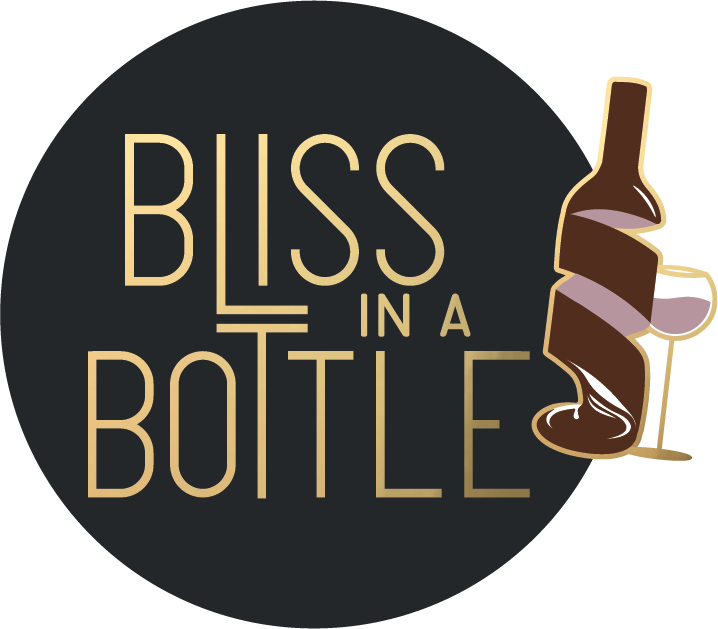
How to really taste wine
The Bliss team is fully-vaxxed; pandemic shut-downs are steadily turning towards re-openings. With such exciting prospects, Bliss in a Bottle is working towards hosting in-person events again for vaccinated adults. These will be offered to groups of 12 or more persons and will consist of creative forms of wine pairing and chocolate tastings/classes. With this model, we can provide you and your friends the fullest experience possible. This might raise some questions for you about what you might like to explore in regards to region, varietal, country.
In order to truly taste the wine, the right conditions are imperative. Strong smells of perfumes, animals, cooking, or flowers might make it hard to notice and appreciate the aroma of the wine. In the case of distracting scents, you might want to step away from the contributor and find a more neutral air space so that you can fully appreciate the subtleties you may find. The scent of a wine reveals so much about it, such as the region of origin, age, and production process, so finding a space where you can pay as much attention as possible is very important. Other things you should look for right away include the shape, cleanliness, and odor of the glass you’ll be using. All these factors affect the taste of the wine itself. Be sure to notice the foods or other things you may have tasted recently, if their taste still lingers it may provide harmony when tasting the wine.
Once the correct conditions have been met, be sure to examine the wine with your sight. Look straight down into the glass, and when you are ready hold it to the light. After this, you should tilt it gently around the glass. In doing so, you will be able to examine and appreciate the full range of colors the wine has to offer. The shade of the wine can tell you what grapes were used, its density, age, alcohol content, and even the fermentation process. In order to better understand the fermentation process, you should examine the wine through a side view for clarity. Generally, the clearer the wine, the better it will be, as more opaque wines may indicate fermentation or chemical problems. Opaqueness may also be a sign of sediment, which can be mitigated by use of a decanter.
Before you take a sip, really let yourself smell the complexities of the wine. Hold your nose just above the glass, and take time to decipher the smells. If you notice hints of cardboard, wet-dog, or anything generally unpleasant be wary, as this could indicate that a wine is corked. Corked wine, or cork taint, is a spoilage of the wine, only detected after the long process of bottling, aging, and opening. This spoilage results in a flat, unpleasant taste, accompanied with disagreeable odors. Its reminiscent of wet cardboard that may be in the basement as a result of heavy rain.
Finally, take a sip of the wine. Pay attention to the mouthfeel with its complexities, balance, and over all flavor patterns. They should align with the scents you noticed. Most importantly, make sure to enjoy the wine and the moment you’re in. When you’re with us, next take a bite of the chocolate. Savor it and take another sip for an aftertaste that is absolute bliss. With the sights, smells, feel, taste, and finally the sound of our chocolate snapping, all 5 senses are in play when tasting here.

0 comments